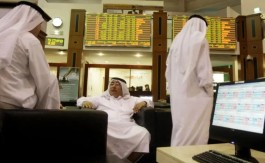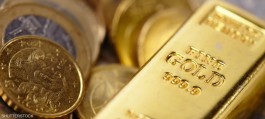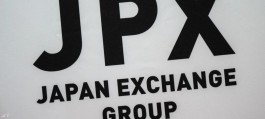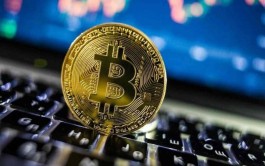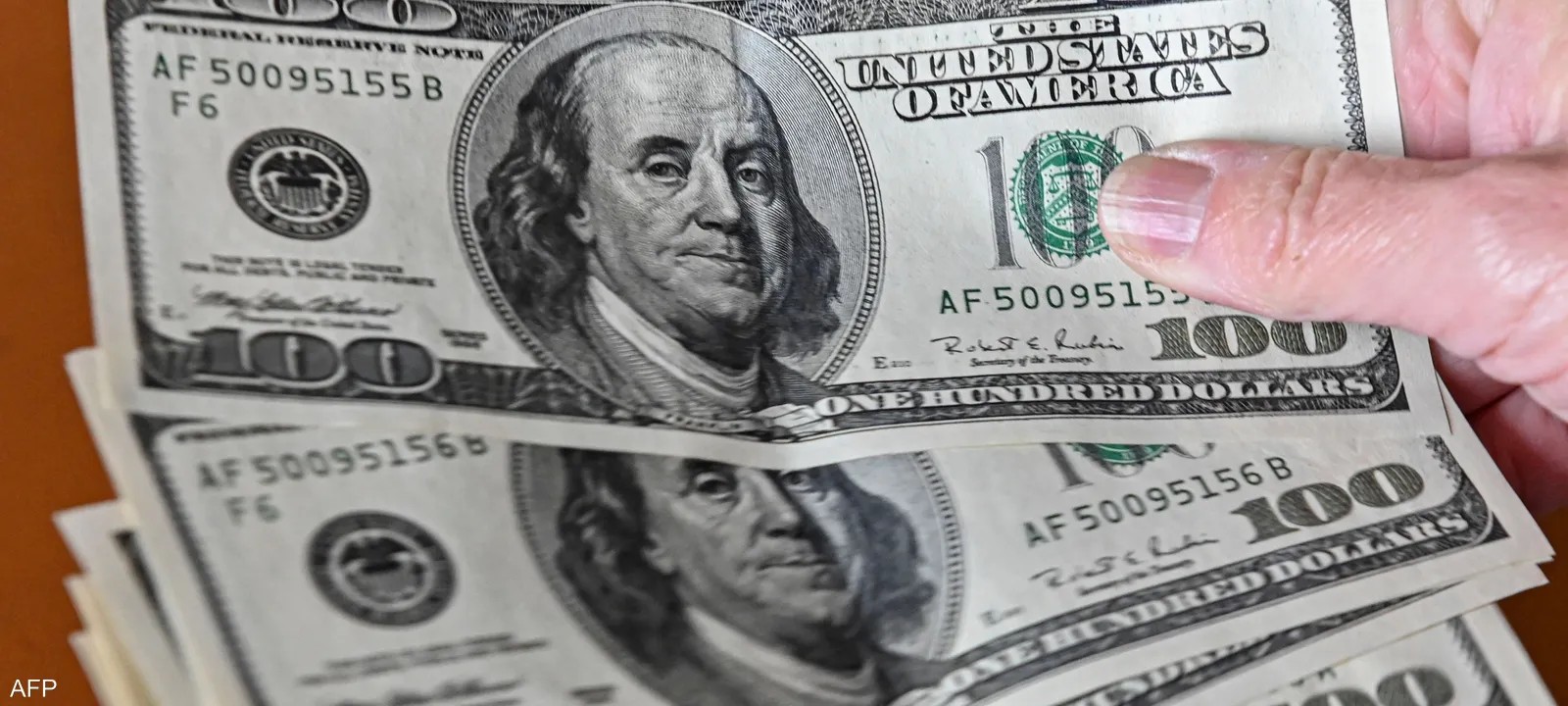The US dollar rose sharply in European trading on Friday, after a surprise rate cut by the Swiss National Bank cast a shadow over the Federal Reserve and made it appear more hawkish.
At 04:00 ET (09:00 GMT), the dollar index, which measures the greenback against a basket of six other currencies, was up 0.4% at 104.085, near a three-week high and on track for a second week of gains.
Atlanta Fed President Raphael Bostic said he does not expect a strong rate cut this year, saying the Fed is in no rush to cut rates, and revised expectations from two cuts this year to just one.
The US economy is on solid ground.
The Swiss National Bank pulled off the biggest surprise of a busy week of central bank meetings, cutting interest rates and citing the strength of the franc as justification.
The Swiss franc, the best performing G10 currency in 2023, fell more than 1% overnight and continued its slide on Friday, with USD/CHF up 0.4% at 0.9009, approaching parity.
The move has prompted traders to reassess the Federal Reserve's potential future actions following this week's Federal Open Market Committee meeting, where officials reiterated the possibility of three interest rate cuts this year if economic data is favorable.
The U.S. central bank also sharply raised its growth forecast for 2024, and data on Thursday suggested the U.S. economy remains on solid ground, after the number of Americans filing new claims for unemployment benefits unexpectedly fell last week, while sales of previously owned homes rose in February to their highest level in a year.
This suggests that the Fed does not need to rush to cut interest rates in the future.
However, analysts at ING said in a note: The dollar's jump appears to be overdone.
They noted that the Fed sent a fairly clear message earlier this week: that some flexibility in activity data would not be a deterrent to a rate cut as long as inflation showed downward momentum.
Expectations of a Bank of England rate cut were not unreasonable.
In Europe, GBP/USD fell 0.5% to 1.2588, falling to a one-month low after the Bank of England left interest rates unchanged on Thursday, but two MPC members backed away from their stance that rates should be raised in the face of falling inflation.
Bank of England Governor Andrew Bailey was quoted by the Financial Times on Friday as saying that expectations of interest rate cuts this year were not unreasonable.
Markets are largely interpreting this as an admission that cuts are not far off, and now there is growing conviction that the BoE will start easing policy in June (20bps priced in), along with starting to speculate on a May move (7bps priced in), ING analysts added.
The EUR/USD pair also fell 0.4% to 1.0814, as Eurozone activity data continued to paint a bleak picture for the region's manufacturing outlook.
European Central Bank President Joachim Nagel said on Friday that the European Central Bank may be in a position to cut interest rates before the summer break, possibly in June, as inflation is on track to return to the bank's 2% target.
Nagel's comments put him on a long list of policymakers who appear to be backing a rate cut in June, and suggest the ECB will be the second major central bank after the Swiss to start cutting rates after a record string of rate hikes.
Yen nears four-month low
USD/JPY was trading marginally lower at 151.59, near four-month lows, as the yen suffered sharp losses overnight.
The USD/CNY pair rose 0.2% to 7.2297, breaking above the 7.2 level for the first time since November 2023, following reports that the People's Bank of China is selling dollars and buying yuan on the open market to support the Chinese currency.
The AUD/USD pair fell 0.8% to 0.6515, as risk sentiment declined.









